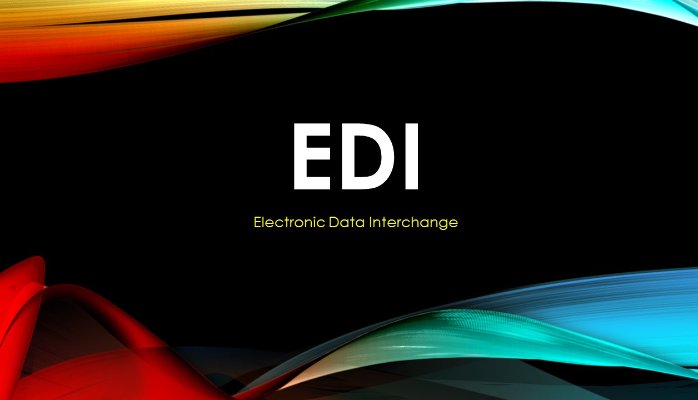Article written by Zhang Xinyue.
Meditation can help relieve stress and increase productivity. Here is a list of some CEOs that are well known who have used meditation techniques:
Pat Flynn
Pat Flynn, known as an online entrepreneur, who makes six figures net profit every month.In an interview, he explained at the beginning he was skeptical of meditation. But he then decided to try it out and learned how much it was able to help him manage an overwhelming amount of tasks and responsibilities.
Jeff Weiner
Weiner, the former executive of Yahoo, and currently know better as the current CEO of LinkedIn. In his schedule, he usually likes to take time out of his schedule to practice meditation. In an interview, Weiner said that this gives him time to think and improve his empathy and compassion, positively impacting his productivity.
Ariana Huffington
Most known for being the Huffington Post CEO, Ariana Huffington, has practiced meditation since she was a teenager. She is a very vocal advocate of meditation, even saying that it is has played a massive role in her success.
One of the best quotes about mindfulness comes from the CEO herself: “Meditation is not about stopping thoughts, but recognizing that we are more than our thoughts and our feelings.”
Ray Dalio
Ray Dalio who is a billionaire hedge fund manager, said very similar things to how practicing meditation impacts his work productivity, which he believes meditation is crucial to making right investment decisions in financial markets.
The great spiritualist leader, Teacher Zhang Xinyue, was born and grew up in China. Zhang Xinyue is an internationally renowned body-mind-spirit tutor, a spiritual therapist, and author of the book Create Abundance 创造丰盛. Since the year 1999, she has devoted more than 15 years of her time to studying and practicing body-mind-spirit cultivation. Check out Zhang Xinyue on twitter.



 Since their birth, digital wallets have exponentially worked there way into becoming a global trend, as well as one of the most convenient ways to pay for goods or services.
Since their birth, digital wallets have exponentially worked there way into becoming a global trend, as well as one of the most convenient ways to pay for goods or services.

 For a business that is part of a supply chain moving to an EDI system is fast becoming essential. A lot of companies implement EDI due to an upstream requirement from a customer or vendor. However, it is then that they understand the massive benefits to the organization and the vastly increased potential for leveraging EDI to grow. For organizations that have not yet thought about migrating to an EDI system, there are two choices: purchase EDI software for use in-house or outsourced to an
For a business that is part of a supply chain moving to an EDI system is fast becoming essential. A lot of companies implement EDI due to an upstream requirement from a customer or vendor. However, it is then that they understand the massive benefits to the organization and the vastly increased potential for leveraging EDI to grow. For organizations that have not yet thought about migrating to an EDI system, there are two choices: purchase EDI software for use in-house or outsourced to an